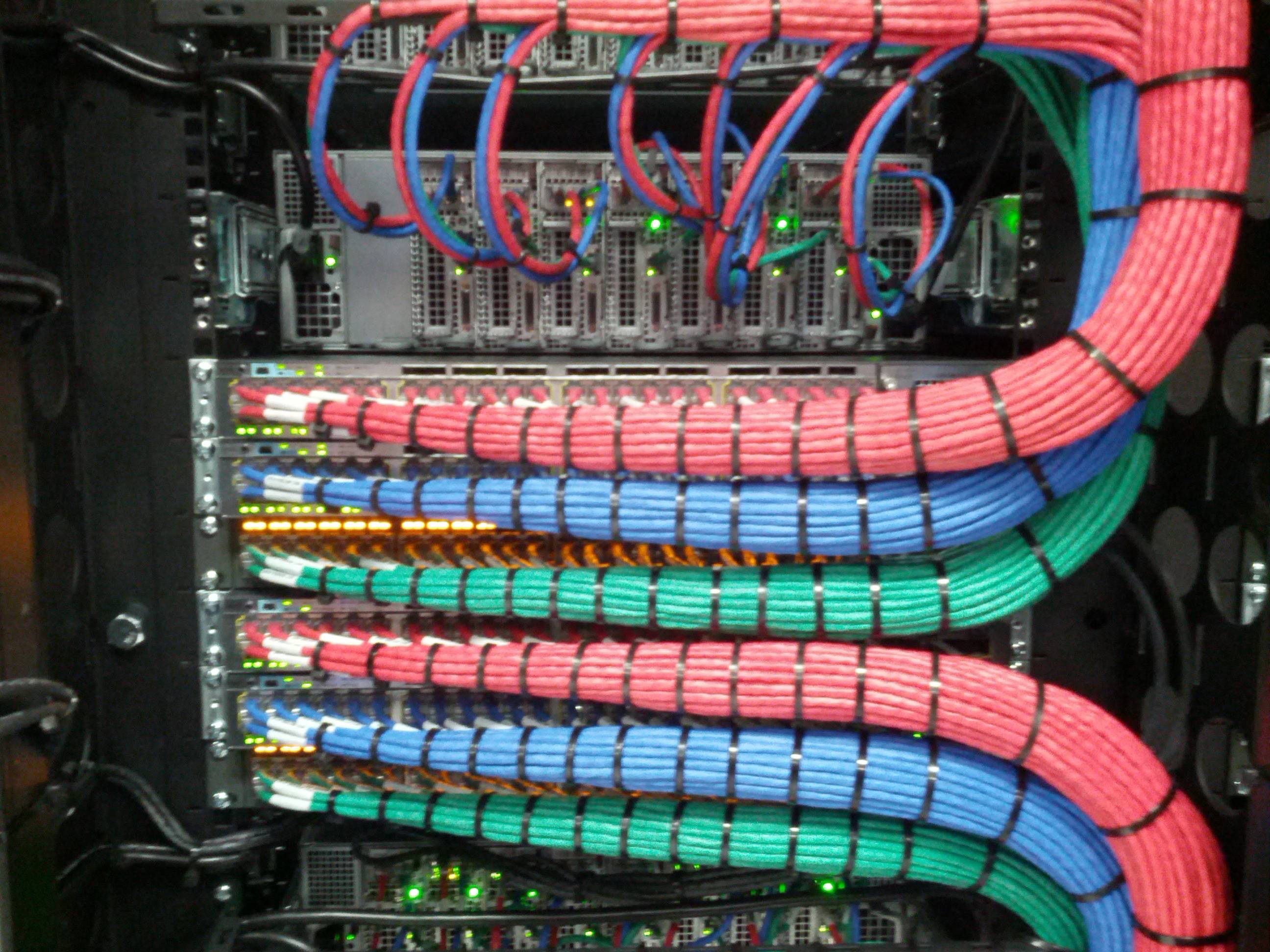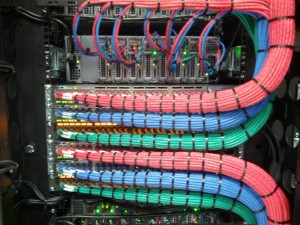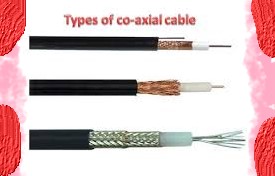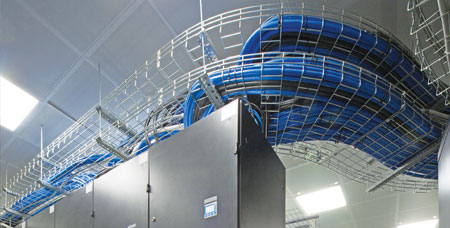
Your First Conversation with a Cabling Installation Company
 Now that your business is ready to install new cabling or perform an upgrade, you will be meeting with a cabling installation company that has been vetted to discuss the project. Typically, the contractor will ask several standard questions to gain a good understanding of the project and make an evaluation. The questions are organized under topics and discussed in the paragraphs below.
Now that your business is ready to install new cabling or perform an upgrade, you will be meeting with a cabling installation company that has been vetted to discuss the project. Typically, the contractor will ask several standard questions to gain a good understanding of the project and make an evaluation. The questions are organized under topics and discussed in the paragraphs below.
Moving
When does your business plan to move? If the move is in the next two months, have arrangements been made for the phone or T1 lines with the telecommunications provider?
Although this is a key component when moving an office, many companies neglect it. Some telecoms need a 45-day notice for a T1 installation, so your move must take this into account.
Voice and Data Drops
What will be the number of voice and data drops required? A drop is a cable run usually starting from a server room or wiring closet and terminating at a cubicle, workstation, or office. Keep in mind that each station will typically require a drop for each computer and telephone line. Drops will also be needed for office equipment such as fax machines and network printers.
Construction
What kind of construction was done at the new office location? Does it have a hard cap ceiling, which most houses have, or a drop/acoustic ceiling? Facilitating access for running cables, drop ceilings are far easier than hard cap ceilings for installations, modifications, and upgrades.
Cabling Type
Is plenum or non-plenum cabling needed at the new office location? When cabling has to run over a ceiling where the space is already utilized for a HVAC (heating, ventilation, and air conditioning) system, then plenum-rated cable will be required because of its fire retardant and smoke-limiting capabilities. Plenum is a bit more expensive, but required to comply with code.
Phone System
Will the current phone system be transferred to the new office? The cabling installation company may not be capable of handling the type your business is using, therefore a subcontractor may be retained to handle this aspect of the project as it requires specialization.
Progressive Office Cabling
Founded in 1986, Progressive Office’s success has been a direct result of years of commitment to seeking solutions on behalf of our clients in the Washington, D.C. and New York City areas. Efficiently working together, Progressive teams get cabling installed and operating as fast as possible while minimizing disruption and downtime. Call our toll free number (800) 614-4560 today.




 Whenever there is an IT systems issue, the resolution can often be delayed by poorly
Whenever there is an IT systems issue, the resolution can often be delayed by poorly 

